US-Sport
NBA: Chris Mullin: God’s Model Player
The face of the legendary Run TMC era is 55 years old. Chris Mullin was an integral part of the Dream Team in 1992 and is still one of the greatest Warriors legends of all time. The story of a man elevated to the throne by Magic Johnson, who stood on the edge of an abyss but brought his endless diligence back to the top.
Christopher Paul Mullin knew relatively quickly what he could not do. “I wish I had been a little like Julius Erving, or like Michael Jordan,” Mullin reveals and remembers old times.
Autumn 1981, the Red Storm of St. John’s University from New York meet the Carolina Tar Heels and their promising Freshman Jordan. The highly praised Shooting Guard was to cover no less than the star of the Red Storms, by far the best man in the roster: Chris Mullin.
He had seen Jordan play before and suspected evil. With a smile Mullin describes: “We were exactly the same height, so we met. I just thought, “Can we maybe play a little zone?”
Mullin was not an athlete all his life, not like Dr. J. or MJ, actually the opposite. He was not a defensive specialist, not one who could hold every opponent in front of him. And yet, ten years later, at Jordan’s side, he became Olympic champion in 1992, yet he became one of the greatest Warriors legends of all time. The reason for this? Hard work, merciless training hard work.
Mullin is part of a very special basketball species: A New York original. Born and raised in the heart of Brooklyn, he was quickly fascinated by the legendary New York Knicks around Earl Monroe and Walt Frazier. Mullin wanted to be one of those too, but he quickly realized that he didn’t have the orange leather game in his cradle, that he had to do more than other guys to be really good.
Early on, the strictly Catholic boy discovered his love for the training hall. Day after day, hour after hour, Mullin worked on all facets of the game, but above all on his litter.
Once he was not in the hall, he drove to Harlem and the Bronx to compete with the best street players in town, so it’s no surprise that his later team-mate Tim Hardaway said: “Chris played like a black man. He even talked like one of our brothers. We called him the white black one.”
Thus the white boy with the dense mane developed into a local star in New York. After his election to “New York States Mr. Basketball”, Mullin was able to choose the college. Despite several top-class offers, among others from Duke around coach Mike Krzyzewski, he decided to go home.
At St. John’s Red Storm, Mullin became a national phenomenon. His training zeal became legendary. “One day we were training with five or six players in the hall when we heard about a blizzard. We made our way home, only Chris stayed in the hall,” recalls Bill Wennington, one of his team mates in St. John’s at the time, and continues: “Three days later, after the blizzard had passed, I came back and Chris was still there, he hadn’t left the hall.
Hall-of-Fame-Coach Lou Carnesecca, who supervised Mullin in St. John’s, takes the same line. “He was a true gym council. You saw him in the hall every night at 10:00. It was his laboratory, his life,” reveals the trainer legend.
The hard work bore fruit. The consequence of countless hours in the hall: One of the most perfect and safest throws the basketball world should ever see. What Mullin lacked in athleticism early on, he made up for through cleverness, zeal and a wonderful jumper.
This combination earned Mullin not only a place in the 1984 Los Angeles Olympic Team, but also the John Wooden Award for College Player of the Year in 1985 and the scoring title in the final NCAA tournament, in which the Senior led his St. John’s College back into the Final Four for the first time since 1951.
The time was ripe for the big stage NBA. The Golden State Warriors chose New York’s veteran in the 1985 draft as their seventh pick, and Olympic champion Mullin joined the Association with plenty of praise.
But the early days in Oakland turned out to be extremely complicated. For the first time completely far away from home, torn away from family and friends, “Mully” had a hard time. Although he played two decent seasons, his life slipped away from the field. More and more often the throwing miracle gave itself to alcohol, more and more rarely it appeared during training.
All this changed with the arrival of coach Don Nelson, who took over the Warriors in Mullin’s third season. The later Mavs trainer was shocked by the state of his Small Forward. “When I arrived, all I heard from everywhere was how incomprehensibly good he was. But it wasn’t good. He was an alcoholic and overweight,” Nelson quickly got a picture of his star.
The new trainer forced his supposedly best player to withdraw. The alcoholic Warrior was sent to remote Inglewood for a month. Instead of the practice time in the hall, there were six hours a day of meetings and therapies.


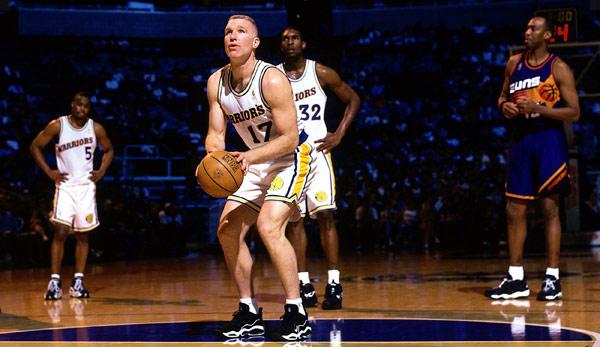
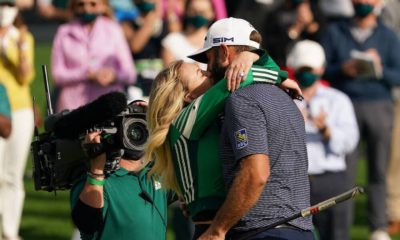

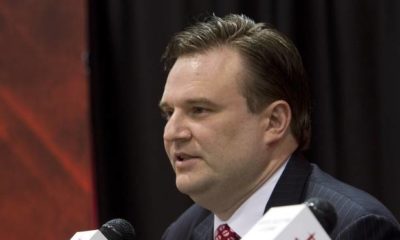
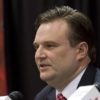
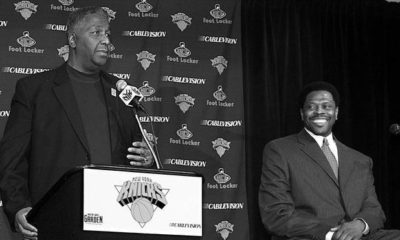
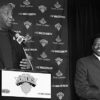
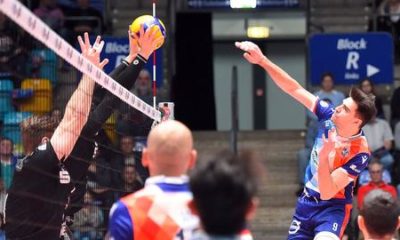
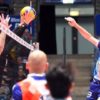
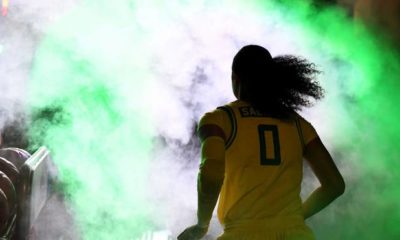
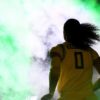





You must be logged in to post a comment Login